Teaching the New Tools of Monetary Policy
Resources for teaching the Fed's monetary policy tools in an ample-reserves framework.
{{searchResultSnippet}}
 Back to All
Back to All
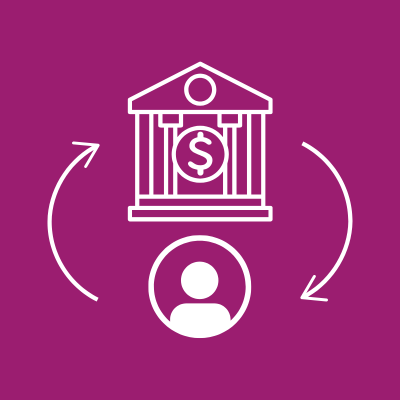
This video assignment discusses the basic characteristics of a central bank. The video explains it all with the help of detailed animation and interviews with Federal Reserve leaders.
The Federal Reserve is the central bank of the United States. But what does that mean? Well, a central bank provides financial services for both the government and depository institutions. By the way, most developed countries around the world have a central bank. A central bank like the Fed can perform many services, including: influencing money and credit conditions, supervising and regulating financial institutions, keeping the financial system stable, distributing coin and currency, clearing electronic payments and checks, acting as a banker for commercial banks and other financial institutions, being the lender of last resort, and providing financial services to the government. A central bank influences the availability of money and credit. It does this through monetary policy. Monetary policy means actions that influence the supply of money and the availability of credit. In the United States, the Fed takes monetary policy actions to promote price stability and full employment. There’s evidence that countries which have independent central banks (banks that are free from political influence) have lower inflation—AND their economies are more stable and stronger. Also, independent central banks significantly reduce the possibility of political manipulation of the economy. The United States has had a central bank as far back as 1791, but there were times when we didn’t have one. That led to problems like having no single currency that everyone could trust. You like the cow, eh? Cost you $10. Fair price. Five, six, sev— Wait—wait a minute. I’ve never seen those before. What bank are they from? They’re from Stormy Ridge Bank, as you can see. Stormy Ridge Bank? I never heard of ‘em. In periods when the U.S. didn’t have a central bank, our economy was more vulnerable to cycles of booms and busts. Also, there was no lender of last resort, so there were more bank runs and more banking panics. The Federal Reserve has been our central bank since 1913. While there have been financial ups and downs since then, the Fed has always aimed for a more stable, expanding economy.
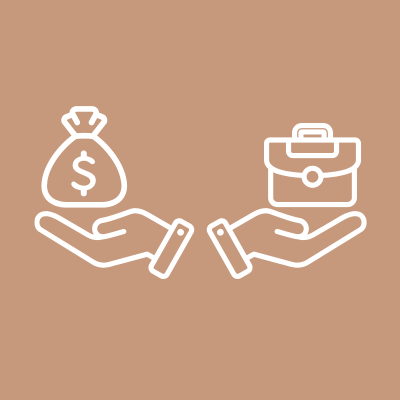
Teaching the New Tools of Monetary Policy
Resources for teaching the Fed's monetary policy tools in an ample-reserves framework.
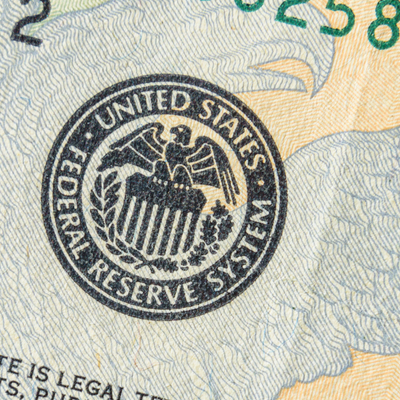
Making Sense of the Federal Reserve
Introduce the structure of the Federal Reserve and the basics of monetary policy.
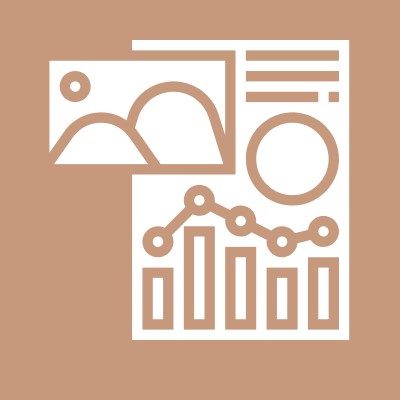
Fiscal & Monetary Policy
Define fiscal and monetary policy and highlight their differences.
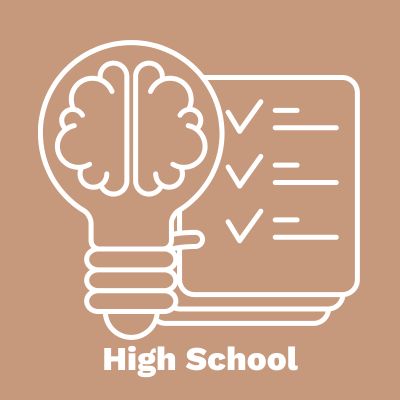
Lecture Guide: How the Federal Reserve Implements Monetary Policy
This lesson teaches how the Federal Open Market Committee (FOMC) conducts monetary policy.
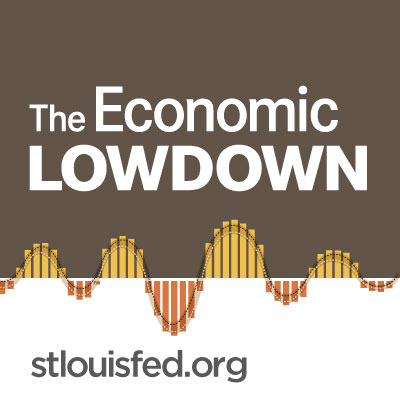
Econ Lowdown Podcast Series
21 Economics audio assignments for your classroom
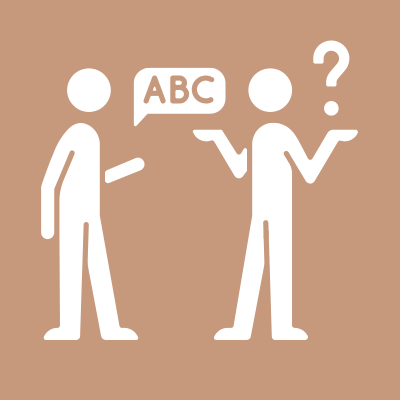
Jargon Alert: Helicopter Money
Learn about a tool to stimulate economies and fight deflationary pressures.
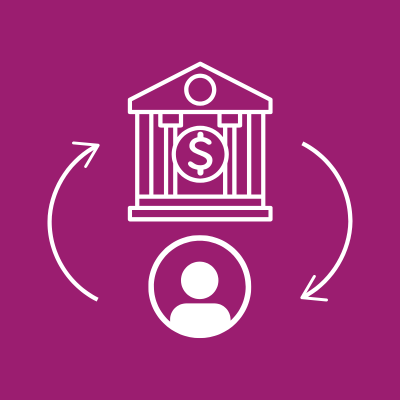
Boom Times and Bubbles: The Internet Age
Learn about the Monetary Control Act of 1980.

Creation of the Federal Reserve
Learn about banking panics, recessions, and depressions in the U.S. during the 1800s.

Inflation, Deflation, and Disinflation
Learn the differences between inflation, deflation, and disinflation.

Inflation, the Fed, and You
Learn what causes inflation.

Introduction to the Federal Reserve
Introduce the Fed’s three main functions.

Monetary Policy Fed and You
See how the Fed conducts monetary policy.

Money Versus Barter
Learn how money solves problems created by barter systems.

Price Stability
Learn the importance of price stability.

Stagflation in the 1970s
How did Federal Reserve Chairman Paul Volcker contain inflation, spurred economic growth, and reduced unemployment?

Structure of the Federal Reserve
Learn about the Board of Governors, the Reserve Banks, and the FOMC.
{{resourceTitle}}
{{resourceBlurb}}